Subtotal: ₹40.00
How to Grow Tomatoes from Seeds in Indian Weather
Tomato Seeds are easy to grow and most used in Indian homes. They are grown in most part of the year except extreme summer This is a step-by-step guide to grow tomatoes from seeds in simple words.
1. Choosing the Right Time
Tomatoes prefer growing in warm weather. The time to sow seeds varies according to your region:
North India – Sow seeds in February-March (spring) or June-July (monsoon)
Tomato Seeds South & West India – You can cultivate tomatoes nearly throughout the year, except during extreme summer
Winter crop – If frost is not seen in your region, you can also cultivate tomatoes during winter
2. Selection of Seeds
Firstly Select good-quality seeds from a good shop or online retailer. You can select hybrid or desi (local) types. Some of the well-known Indian varieties of tomatoes are:
- Pusa Ruby
- Arka Rakshak
- Roma (suitable for sauce)
- Cherry tomatoes (small and sweet)
3. Tomato Seeds Soil Preparation
Tomatoes require well-draining, loose, and fertile soil. Prepare the soil with:
- 50% normal garden soil at least
- 30% compost (cow dung compost or vermicompost)
- 20% sand or cocopeat (to soften soil and make it airy)
4. Tomato Seeds Sowing
- Also Use a small pot, seed tray, or growing bag.
- Fill it with prepared soil mix.
- Dig small holes (1 cm deep) and sow 2-3 seeds in every hole.
- Cover it with a thin layer of soil and give a little water.
5. Watering and Care
- Make the soil wet but not soggy. Water gently daily.
- Place the pot in a sunny, warm spot (indirect light).
- In 5-10 days, you will have tiny plants (seedlings) emerging without doubt
6. Tomato Seeds Transplantation (Transferring to Larger Pot or Land)
- When 3-4 inches old seedlings (3-4 weeks old), move them to a bigger pot or ground.
- At least 1 foot apart place plants.
- Give water to plants after transplant.
7. Sunshine and Fertilization
- But Sunshine requirement by tomato plants: 5-6 hours sunlight a day.
- However Apply homemade compost or organic dung every 15 days. For use:
- Cow dung or vermicomposting
- Banana peels and their water that contain potassium in plenty
- Epsom salt (for growth purpose) till fruiting
8. Tomato Seeds Pruning & Staking
- Once the plant is tall then support with a stick.
- Prune yellow leaves or excess leaves so that the plant will flourish.
9. Diseases & Pests
- Whiteflies & Aphids – Water spray with neem oil.
- Fungal infection – in short Don’t overwater and ensure good airing.
10. Tomato Seeds Tomatoes to Harvest Lastly
- The tomatoes will take 50-70 days when sown from seeds.
- Pick when red, or slightly orange.
| Color | Red |
|---|---|
| Growth Pattern | Up right Straight |
| Germination Level | Easy |
| Hybrid or Open Pollinated | Open Pollinated |
| Ideal location | Full sun |
| Origin Country | India |
Be the first to review “Tomato Seeds Round pack of 200 seeds” Cancel reply
You must be logged in to post a review.

 Cauliflower Seeds F1 Fool gobhi, Pack of 30 seeds
Cauliflower Seeds F1 Fool gobhi, Pack of 30 seeds 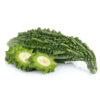

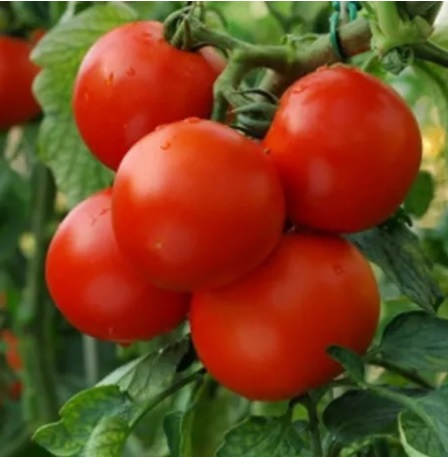
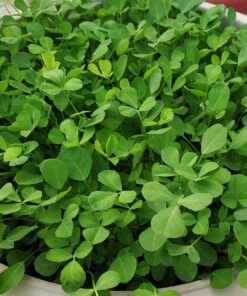

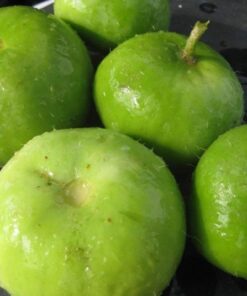

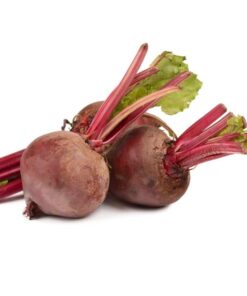
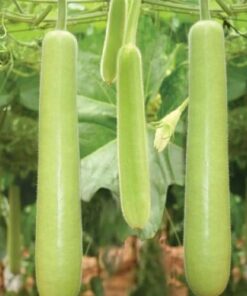
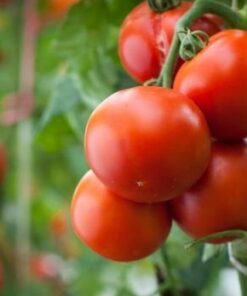
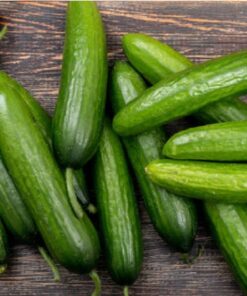
Reviews
There are no reviews yet.